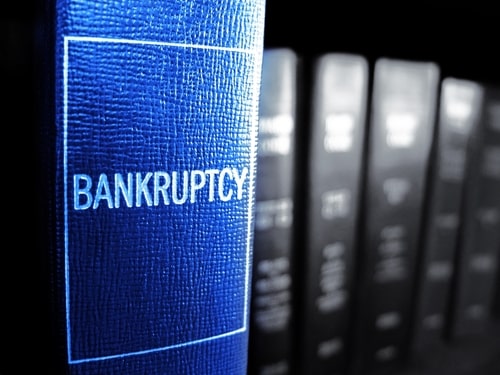How Bankruptcy Can Halt Repossession
 Are you facing the threat of repossession in Texas? If so, you are not alone. Many individuals struggle with financial challenges that can lead to repossessing their vehicles or other assets. Fortunately, bankruptcy filing can be a powerful tool to halt repossession and protect your property. A Texas lawyer can help you understand how bankruptcy works and what you need to know to take advantage of this legal option.
Are you facing the threat of repossession in Texas? If so, you are not alone. Many individuals struggle with financial challenges that can lead to repossessing their vehicles or other assets. Fortunately, bankruptcy filing can be a powerful tool to halt repossession and protect your property. A Texas lawyer can help you understand how bankruptcy works and what you need to know to take advantage of this legal option.
What to Know About Repossession in Texas
When you finance a vehicle or other asset, the lender typically has the right to repossess the property if you fall behind on payments. In Texas, lenders can repossess your vehicle without a court order if they do not breach the peace in the process. If you default on your auto loan, your car could be taken away quickly and without warning.
How Bankruptcy Can Help
Filing for bankruptcy can stop repossession in its tracks. Filing for bankruptcy immediately triggers an automatic stay, preventing creditors from pursuing any collection activities against you. This includes repossession, foreclosure, wage garnishment, and more. The automatic stay allows you to explore your options and develop a plan to get back on track financially.
Chapter 7 vs. Chapter 13 Bankruptcy
There are two main types of consumer bankruptcy: Chapter 7 and Chapter 13. In a Chapter 7 case, you can discharge most unsecured debts, such as credit card balances and medical bills. However, if you want to keep your vehicle or other secured property, you must stay current on your payments and reaffirm the debt.
Chapter 13 bankruptcy, on the other hand, allows you to restructure your debts and catch up on missed payments over time. The repayment plan you propose will span three to five years. During this time, affordable monthly payments will be made to a trustee who will distribute the funds to your creditors. You can keep your vehicle and other assets as long as you stay current on your plan payments.
How the Bankruptcy Process Works
The bankruptcy process begins with filing a petition and other required documents with the bankruptcy court. This includes detailed schedules of your assets, debts, income, and expenses. Once your petition is filed, the automatic stay takes effect, halting repossession and other collection actions.
Next, a meeting of creditors (also known as a 341 meeting) will be scheduled. During this meeting, you will answer questions under oath from the bankruptcy trustee and any creditors who choose to attend. Throughout this process, you must maintain honesty and transparency. Failure to disclose information or provide false information on your bankruptcy paperwork can result in severe consequences, such as case dismissal or potential criminal charges.
After the meeting of creditors, the bankruptcy trustee will review your case and determine if any non-exempt assets can be sold to pay your creditors. In a Chapter 7 case, if all of your assets are exempt, you will typically receive a discharge of your eligible debts within a few months. In a Chapter 13 case, you can begin making payments under your repayment plan, which will last for three to five years before you receive a discharge.
Contact a Kerrville, TX Bankruptcy Lawyer
If you face the threat of repossession, know you have options. Filing for bankruptcy can provide a powerful solution to stop repossession and protect your property, giving you the opportunity to regain financial stability. Call Law Offices of Chance M. McGhee at 210-342-3400 for a free consultation with a San Antonio, TX bankruptcy attorney.






